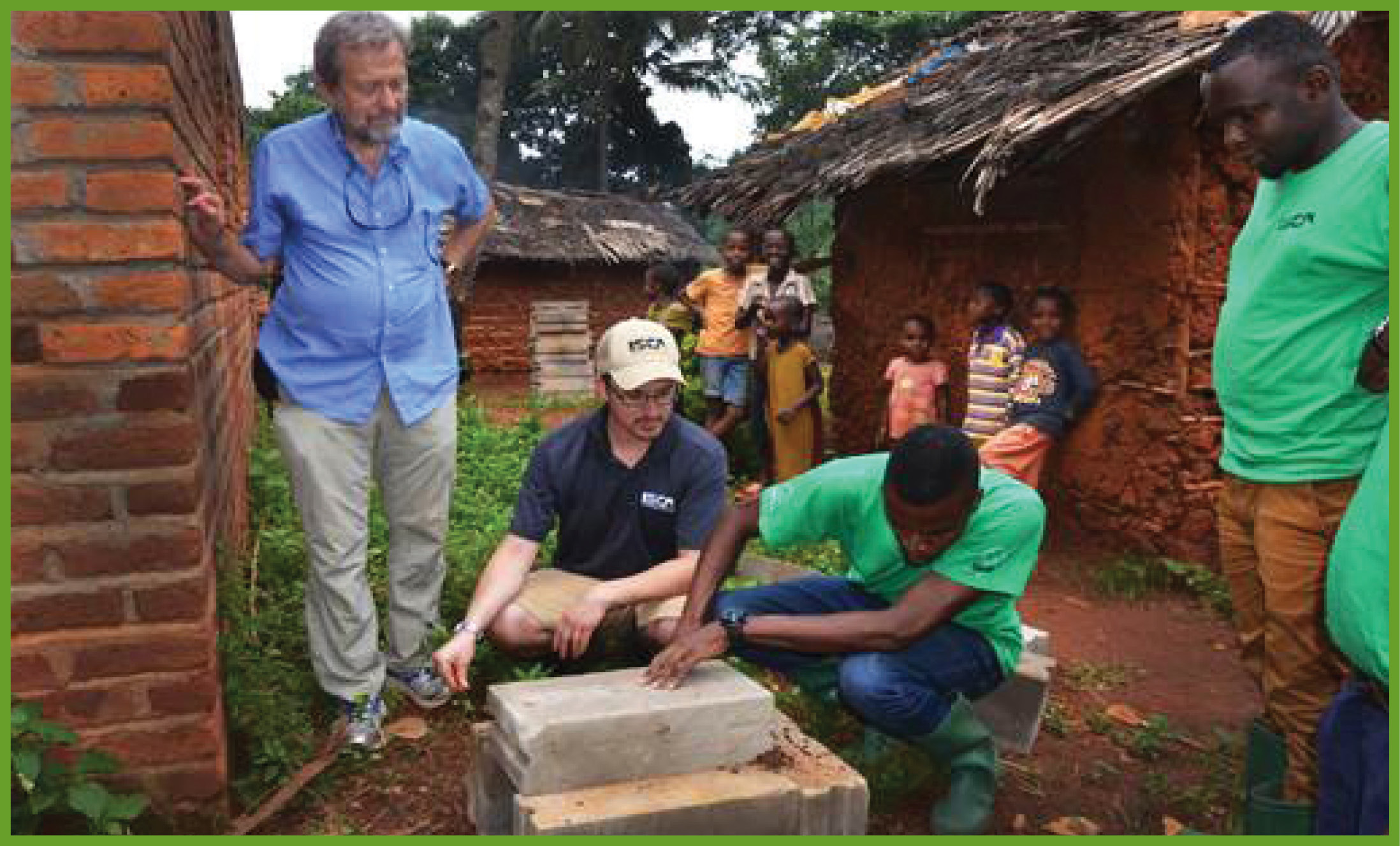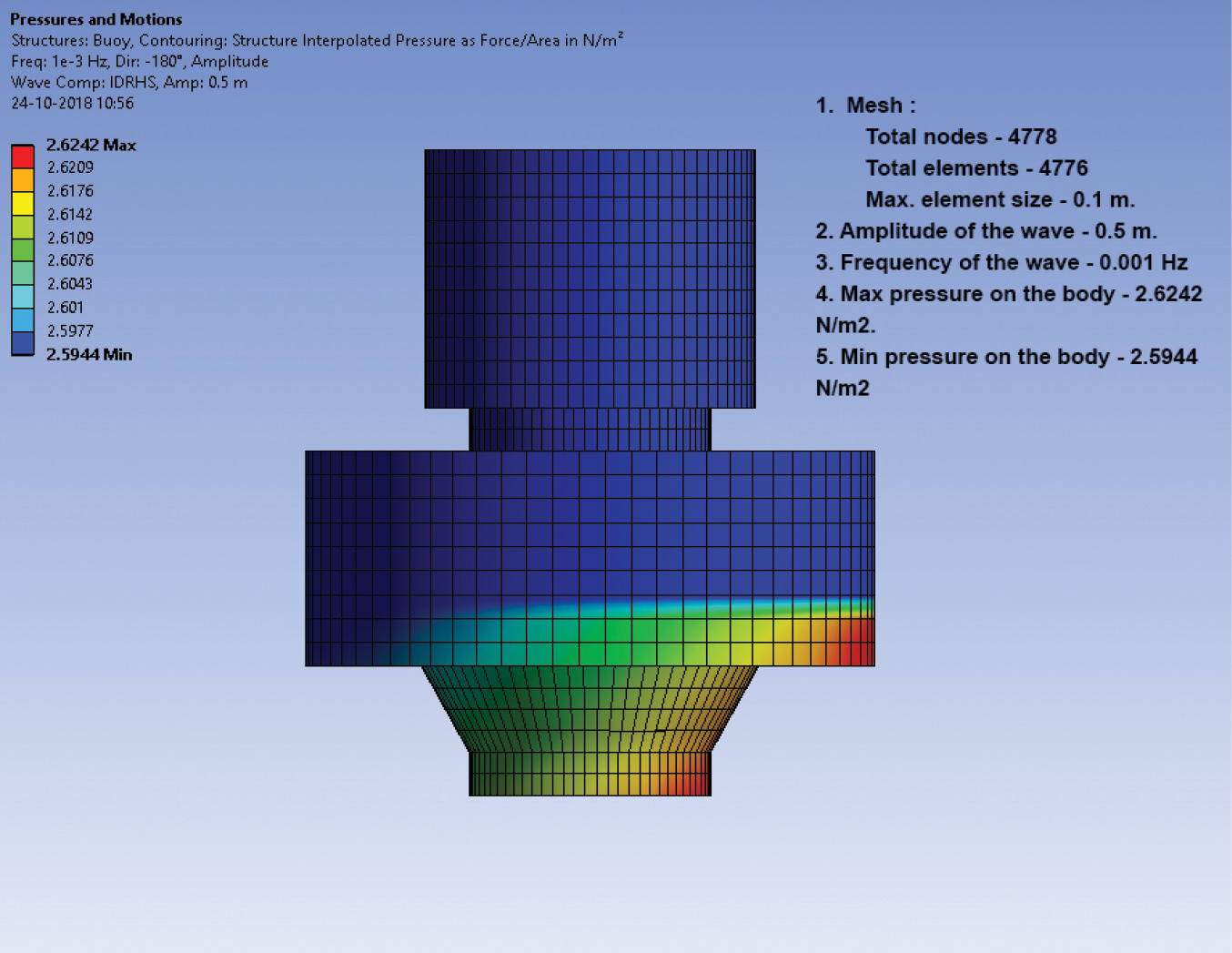Dengue infects 100 million people each year, making it the single most common viral MBD, leading to severe illness in ~500,000 people [1]. Other MBDs of consequence include lymphatic filariasis, yellow fever, West Nile virus, and Zika virus. Control methods for the mosquitoes that spread these diseases are limited by several shortcomings. Chemical pesticides targeting adult mosquitoes (adulticides) have been associated with multiple negative health and environmental impacts, and are vulnerable to resistance, a process by which insects gradually develop tolerance to a given killing agent over multiple generations [2][3]. Larvicides tend to be safer and more selective than adulticides, but can be challenging to implement properly: to be effective, larvicides must be used to treat all existing or potential larval habitats in a given area, and because most current larvicides are fairly short-lived, multiple applications may be necessary over the course of a season [4][5][6]. Personal protection measures, such as insecticide-treated bednets, must be used properly and consistently by all members of a community to provide effective mosquito control.
 Development of Vectrax:
Development of Vectrax:
In 2013, a small biotech company in Riverside, CA (ISCA Technologies), began working to develop an alternative method of mosquito control: an attract-and-kill (A&K) formulation to provide effective control of three key global vector genera of mosquitoes,
Aedes (vectors of Dengue, yellow fever, and Zika),
Anopheles (malaria), and
Culex (West Nile virus, lymphatic filariasis). This A&K product, called
Vectrax, was designed to mimic odors produced by the sugar-rich flowers and extrafloral nectaries from which mosquitoes of all species and both sexes seek sustenance throughout their lives. Mosquitoes detect these floral attractants, released over time from the
Vectrax formulation, and respond by orienting their flight toward the point source. Vectrax also contains a number of sugar- and protein-based feeding stimulants, which encourage mosquitoes to feed upon the formulation to full engorgement, resulting in a megadose intake of an incorporated insecticide. This killing agent would be selected by the user, and blended with the
Vectrax formulation just prior to application, at drastically reduced rates compared to traditional adulticide sprays. The capacity for tank-mixing would safeguard the efficacy of
Vectrax from the development of resistance to any one particular chemical agent.
Vectrax’s sprayable consistency provides the additional advantage of rapid, easy application, using either manual or mechanized equipment.
Results:
Vectrax has proven capable of promoting attraction and consumption of the formulation in all three target genera
Anopheles, Aedes, and
Culex, even when the formulation also contained one of a variety of killing agents, including cypermethrin, permethrin, fipronil, boric acid, cyazypyr, and ivermectin. One
Vectrax prototype containing permethrin and fipronil was tested against the KDR strain of An. gambiae, known to be resistant to pyrethroids, and delivered a mortality rate of 78%, 48 hr after exposure. Semi-field trials carried out on three continents (North America, Africa, and Asia) also showed encouraging results for
Vectrax. In one trial conducted in the large mesocosms at Ohio State
University, a point source of
Vectrax containing 2% permethrin, applied to a leaf within the mesocosm, eliminated virtually every
Aedes aegypti mosquito in the treated mesocosms within 48 hr. ISCA performed similar mesocosm trials with mosquitoes of different ages, species, and physiological states, and the results were similar in each case:
Vectrax killed virtually all released mosquitoes. A permethrin-based
Vectrax formulation was also tested in Tanzanian mesocosms against
Anopheles gambiae, where the application reduced the mosquito population in the mesocosm by 98% within 48 hours.
Field trials with
Vectrax are ongoing, but the results of one small field trial in a heavily infested area of Vero Beach, FL, indicate that this technology has potential to act as an effective mosquito control strategy. Despite the challenging conditions at this site (mosquito populations measured at up to 50,000 mosquitoes captured/day; heavy rainfall; small plot size, allowing for migration from untreated areas), treatment with
Vectrax suppressed trap captures in the treatment plot compared to the untreated control plot, indicating that this treatment reduced the overall mosquito population in the field, though this effect was not statistically significant over the duration of the trial (differences were significant on four individual dates). Preliminary results from a trial in progress in Tanzania, where 93% of the human population is at risk for malaria, show that treatment with
Vectrax reduced local mosquito populations by roughly two-thirds in the 2 weeks following application.
Conclusions & Future Research:
Throughout research and development on
Vectrax, this formulation has performed as an effective A&K technology against multiple vector mosquito species, in multiple geographies, and with multiple killing agents incorporated. The team is currently working to improve
Vectrax’s field hardiness and ease of application, developing a thicker formulation that better retains its hold on application substrates. In addition,
Vectrax is being evaluated as a delivery mechanism for an alternative strategy of vector control: an autodissemination strategy for an insect growth regulator (IGR). Rather than directly targeting adult vectors via A&K,
Vectrax-IGR is designed to attract adult mosquitoes to the formulation and induce them to consume and interact with it, contaminating themselves with the IGR. Mosquitoes will then carry the IGR to larval habitats, which will prevent the offspring deposited therein from ever developing into adults; and to other adults with whom they interact (via mating), reducing their reproductive capacity.
Vectrax, as well as other technologies using behavior-modifying chemicals (semiochemicals), could provide an effective, safe, and sustainable alternative for the control of mosquito vectors, a group of organisms that poses one of the greatest public health challenges of the modern age.
| References: |
| [1] |
U.S. Army Public Health Fact Sheet: Falciparum Malaria. Fact Sheet No. 18-073-0216. 2 pp. |
| [2] |
Tolle, M. A. (2009). Mosquito-borne diseases. Current problems in pediatric and adolescent health care, 39(4), 97-140. |
| [3] |
Innovative Vector Control Consortium. (2012). The Resistance Threat. Available from: http://www.ivcc.com/about/resistance_threat.htm |
| [4] |
Policy Cures: Moran, M., Guzman, J., Chapman, N., Wu, L., Howard, R., Farrell, P., and Luxford, J. (2014).
Estimating costs and measuring investments in malaria: R&D for eradication. 64 pp. |
| [5] |
Armed Forces Pest Management Board Technical Guide No. 47: Aedes Mosquito Vector Control. https://www.acq.osd.mil/eie/afpmb/docs/zika/TG47.pdf. 27 pp. |
| [6] |
WHO. (2009). Dengue, Guidelines for Diagnosis, Treatment and Control. Geneva. 147pp. |










